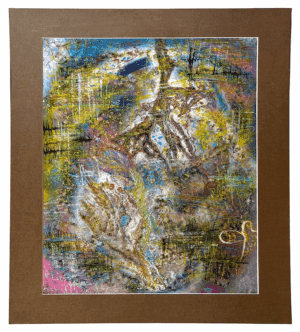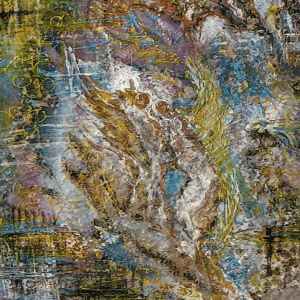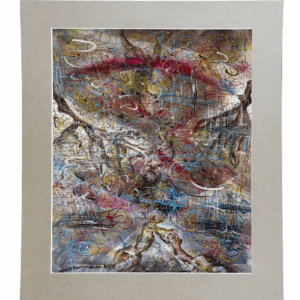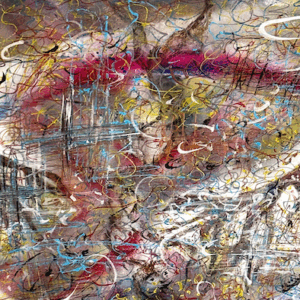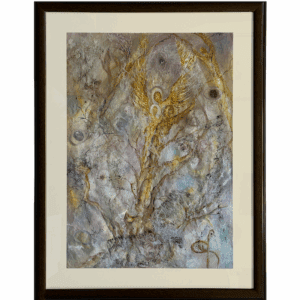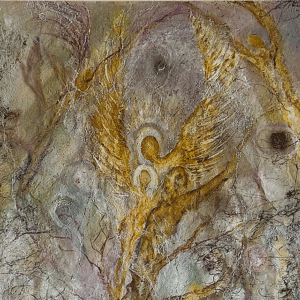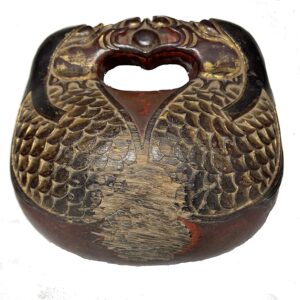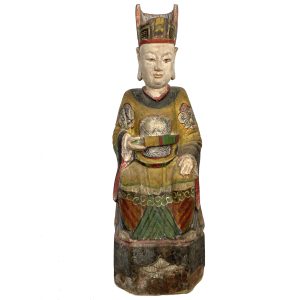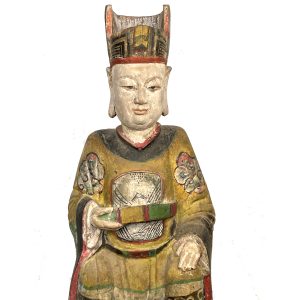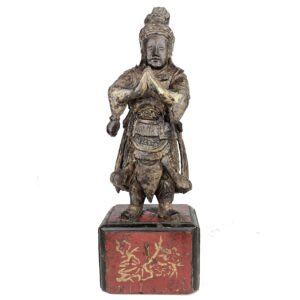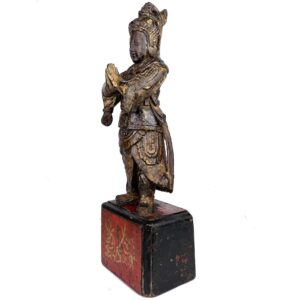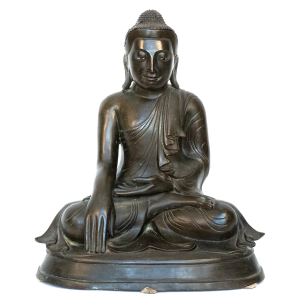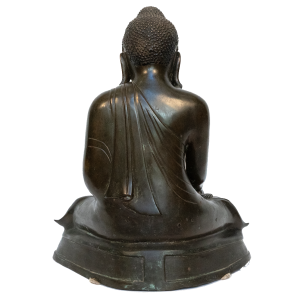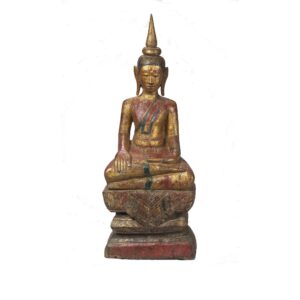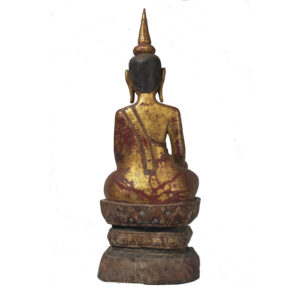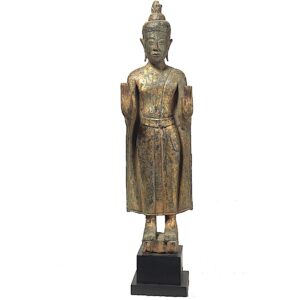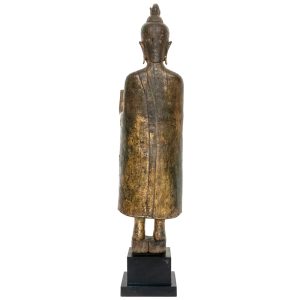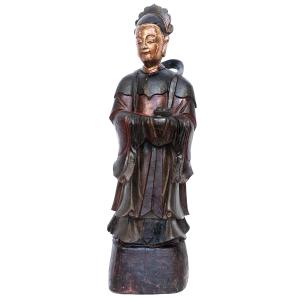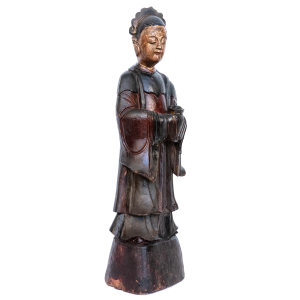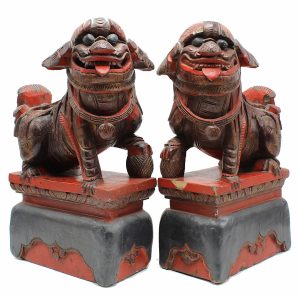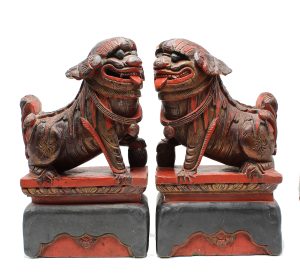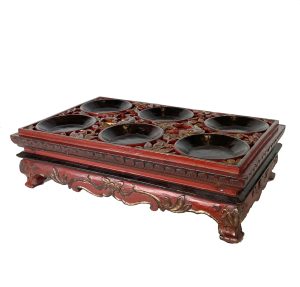Showing 1–12 of 139 results
-


$1,500.00
Ht: 29″ W: 25.75″ | CALL 213-568-3030 OR EMAIL [email protected] FOR SHIPPING
In Babayan’s native Armenia, autumn is celebrated as a golden time of reflection, with shinning sun, fresh air and multi-colored leaves. The painting expresses the season’s tension between decay and beauty with delicate, swirling strokes that evoke both transformation and stillness.
-


$1,500.00
Ht: 29″ W: 24.75″ | CALL 213-568-3030 OR EMAIL [email protected] FOR SHIPPING
This lyrical and radiant painting captures the energetic dance of summer and nature in full bloom. With swirling marks, dynamic color and movement, Anush memorably celebrates her favorite season.
-


$1,700.00
Ht: 35.5″ W: 24″ | CALL 213-568-3030 OR EMAIL [email protected] FOR SHIPPING
In Angels of Love, three angels rise organically above what can be interpreted as the Tree of Life. Symbolically for the artist, love nourishes both the internal and external roots of the universal Tree of Life in all of us.
-
Sale!


$875.00 Original price was: $875.00.$725.00Current price is: $725.00.
H: 12″ W: 11.75″ D: 9.5″ | CALL 213-568-3030 OR EMAIL [email protected] FOR SHIPPING.
Intricately carved Cadence or “Wakeful” Drum used by monks and chanters to awaken the mind and keep meditators attentive and mindful. Used In Pure Land Buddhism for chanting Amitabha Buddha’s name. Fish on handle symbolize wakeful mind as fish never close their eyes.
-
Sale!


$2,385.00 Original price was: $2,385.00.$1,900.00Current price is: $1,900.00.
H: 34″ W: 11.25″ D: 7.25″ | CALL 213-568-3030 OR EMAIL [email protected] FOR SHIPPING
Although this ancestor is depicted as an official, his atypically benevolent face makes him a very endearing figure. Due to South China’s climate and modernization, it repainted in the 20th century, common in weathered carvings.
-
Sale!


$695.00 Original price was: $695.00.$395.00Current price is: $395.00.
H: 16.25: W: 5.875” D: 3.5” | FOR SHIPPING INFORMATION CONTACT US AT 213-568-3030
Attendant Chou Ts’ang, to Guandi, most revered Chinese military hero and Taoist God of War, hands clasped and eyes down in respect wearing detailed military clothing and boots on high pedestal with painted gold florals.
-
Sale!


$3,800.00 Original price was: $3,800.00.$2,900.00Current price is: $2,900.00.
H: 22” W: 17” D: 11” | CALL 213-568-3030 or email us at [email protected] FOR SHIPPING
Finely modeled vintage Mandalay style Burmese bronze Buddha in Earth Witnessing mudra made by lost wax process is a one-of-a-kind exquisite work of art. Soft youthfully sweet smiling face with almond-shaped eyes are inlaid with glass.
-
Sale!


$6,800.00 Original price was: $6,800.00.$5,900.00Current price is: $5,900.00.
H: 16.5” W: 9.5: D: 6.5” | CALL 213-568-3030 OR EMAIL [email protected] FOR SHIPPING.
Magnificent and rare Buddha in Earth Witnessing posture combining Southeast Asian artistic traditions and folk like charm. Made of copper color lacquer with gilt he sits on a multi-tiered throne with simple monk’s robes embellished with green enamel.
-
Sale!


$1,475.00 Original price was: $1,475.00.$1,195.00Current price is: $1,195.00.
H: 20″ W: 3.75 D: 3.75″ | CALL 213-568-3030 OR EMAIL [email protected] FOR SHIPPING.
Rare antique, wood Theravada Lao Buddha in abhaya mudra symbolizing reassurance, divine protection, and dispelling fear. Gilt paint reflects his golden skin.
-
Sale!


$2,400.00 Original price was: $2,400.00.$1,950.00Current price is: $1,950.00.
H: 25″ W: 7.5″ D: 6″ | CALL 213-568-3030 OR EMAIL [email protected] FOR SHIPPING.
Graceful celestial attendant carrying offerings with ribbon winding around her with a modest and serene demeanor honoring the deity she attends.
-
Sale!


$995.00 Original price was: $995.00.$695.00Current price is: $695.00.
H: 12″ D: 7″ D: 7.75″ | FOR SHIPPING INFORMATION CONTACT US AT 213-568-3030
This very fine pair of antique carved males fu lions represents the dual nature of these mythical animals: as protective images they are powerful and fierce, as Buddhist images they are whimsical with smiling faces, dangling tongues, hanging ears and bushy tails. They are extremely well carved with harnesses and bells around their necks, detailed manes and tails on high intricately decorated bases to signal their importance. Perfect for enhancing feng shui in a home or office, large finely decorative wood pairs like this are extremely hard to find.
-
Sale!

$475.00 Original price was: $475.00.$325.00Current price is: $325.00.
H: 5.625″ W: 27.875″ D: 9.75″ | FOR SHIPPING INFORMATION CONTACT US AT 213-568-3030 OR EMAIL [email protected]
This exceptionally crafted and beautiful footed confection mould was most probably a marriage gift from a wealthy family to the newlyweds as seen its symbolisms. It is elaborated and ornately decorated in vibrant reds and gilt with auspicious symbols for fidelity, fertility and happiness with lotuses and pods filled with seeds, bats, paired fish and intertwined vines representing a life pair, having sons, and other marriage wishes.
End of content
End of content

